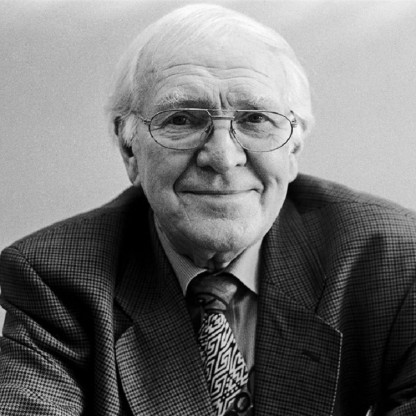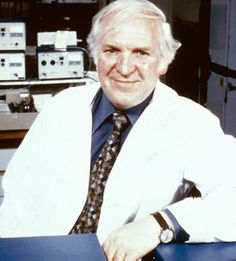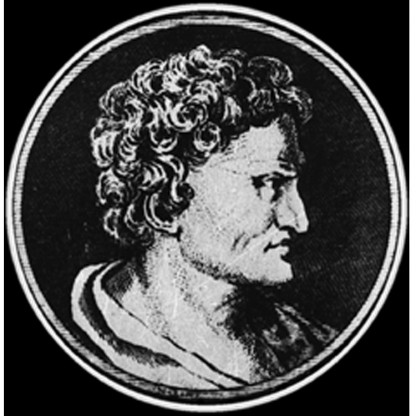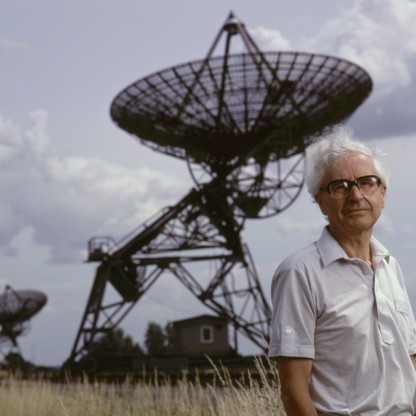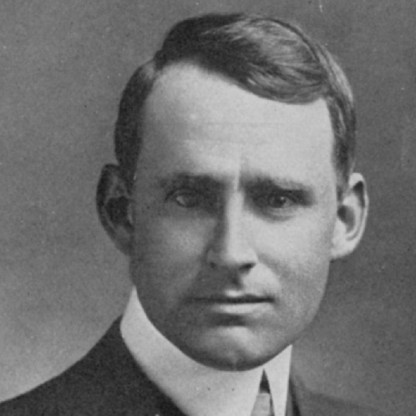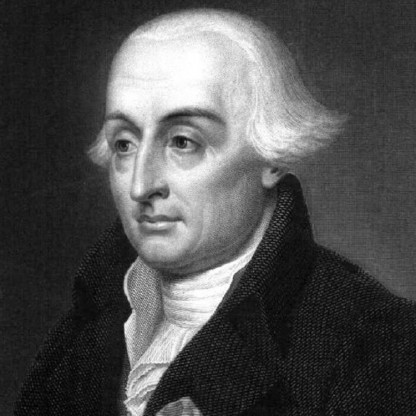Black had large debts upon his graduation from university, so he took a teaching job in Singapore for three years, before moving to London in 1950 and then on to join the University of Glasgow (Veterinary School) where he established the Veterinary Physiology Department and developed an interest in the way adrenaline affects the human heart, particularly in those suffering from angina. Having formulated a theory of an approach by which the effects of adrenaline might be annulled, he joined ICI Pharmaceuticals in 1958, remaining with the company until 1964, during which time he invented propranolol, which later became the world's best-selling drug. During this time Black pioneered a method of research whereby drug molecules were purposefully built instead of being synthesised first and then investigated for their potential medical uses. The discovery of propranolol was hailed as the greatest breakthrough in the treatment of heart disease since the discovery of digitalis.

